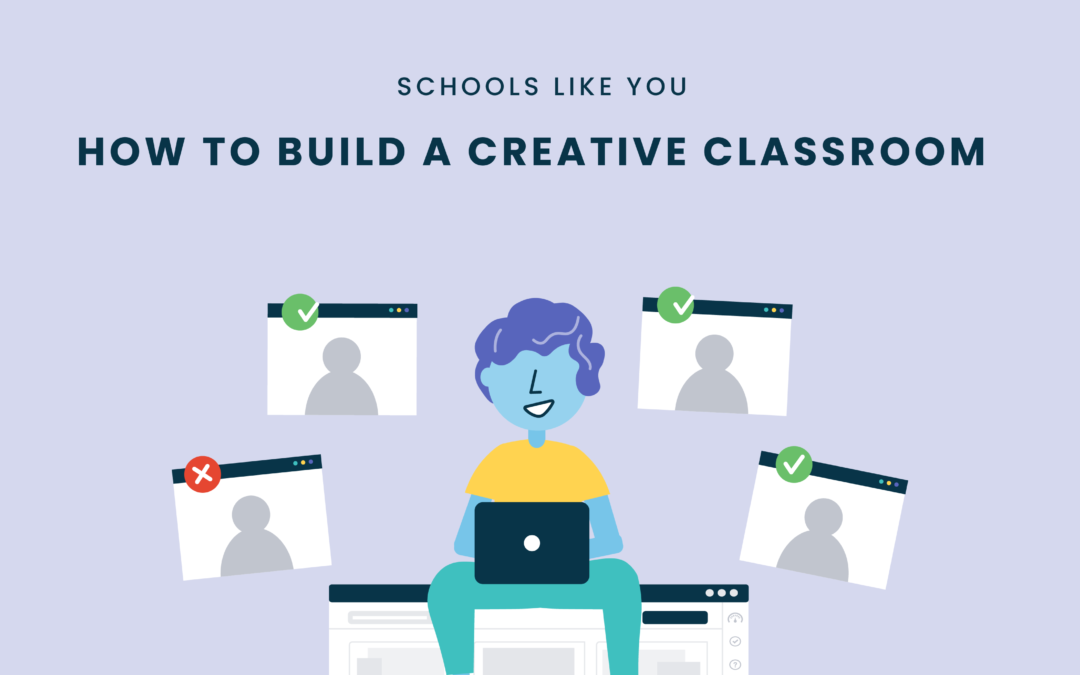College professor, Dr. John Spencer (@spencerideas), believes that creativity should drive education and schools should be transformed into places of creativity and wonder. In his ideal world, all classrooms would be transformed into creative classrooms, where student voice and choice are the top priorities.
During a recent discussion on the Tackling Tech Podcast, we were able to speak with Dr. Spencer about his belief in the power of the creative classroom. He walked us through the steps of building a creative classroom and why he believes all classrooms should be focused on creativity.
The Power Behind the Creative Classroom
Dr. Spencer is on a quest to transform all classrooms into creative classrooms, but what exactly is a creative classroom? The creative classroom is centered on the idea of student voice and choice, where students have ownership of learning and are self directed. Dr. Spencer believes that the purpose behind a creative classroom is to empower students through independent work, so they learn how to be self managers and self starters.
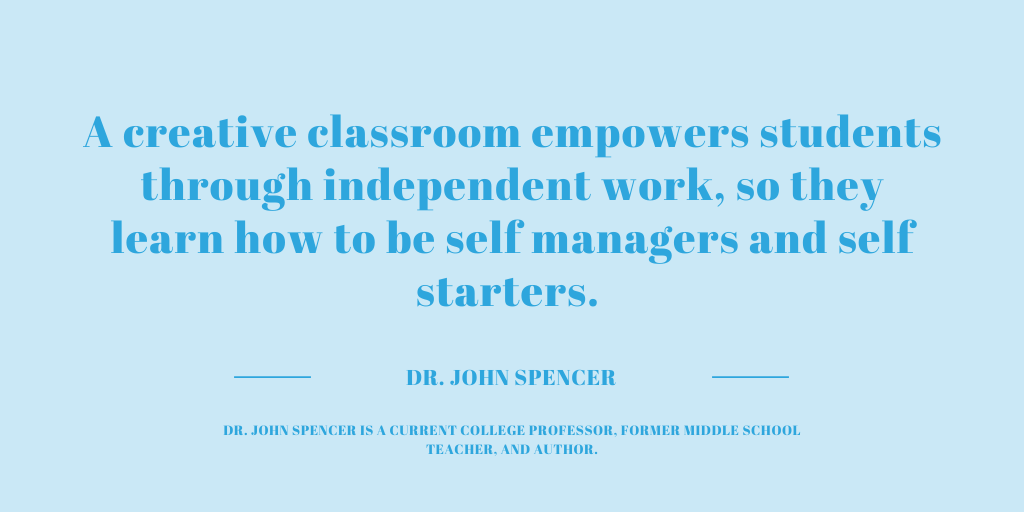
While the creativity in the classroom also empowers students to work independently, it also teaches them how to effectively collaborate with their peers. By taking independent work and sharing it with their classmates, the creative classroom teaches students to work together.
Dr. Spencer explains the power behind the creative classroom is that it encompasses so many different aspects of learning whether that be divergent thinking, problem solving, or lateral thinking. Yet, the most powerful aspect behind the creative classroom is that it is built on student voice and choice.
Steps to Building a Creative Classroom
Dr. Spencer wants to transform all classrooms into creative classrooms and he gave us some insight on the steps it takes.
- Allow students to become self directed: As stated before, with allowing creativity in the classroom students learn to become self managers and self starters. Therefore it is necessary to give them the power to drive their own learning needs.
- Introduce the creative process: As students learn to be self managers, they should also drive every part of the creative process. Dr. Spencer outlines the creative process as:
- Inquiry process: Students ask and own their questions
- Ideation process: Students generate their own ideas.
- Research process: Engaging in critical research.
- Assessment process: Self and peer assessment is completed.
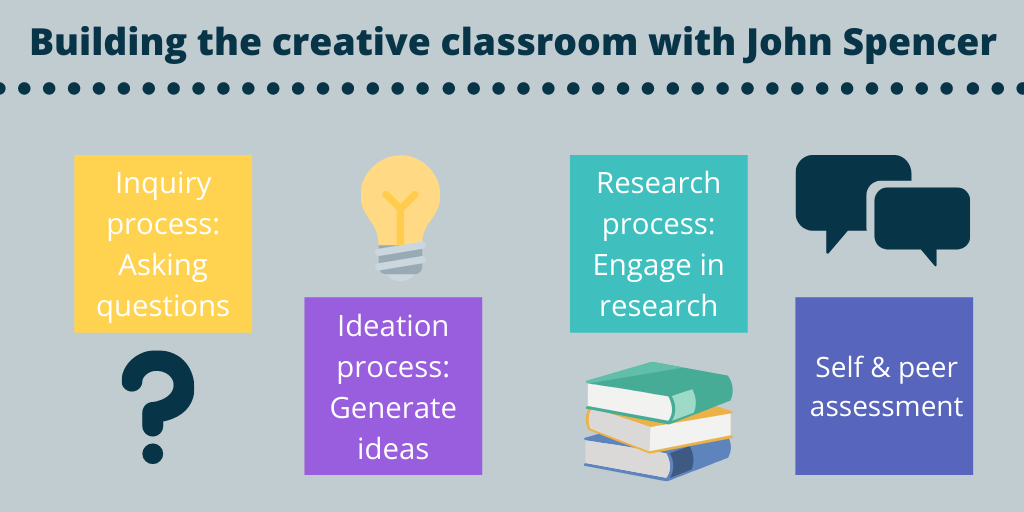
3. Focus on student voice: It is important that as students work independently, they also have time to collaborate and share their findings. The creative classroom puts an emphasis on student voice and allows them to share their creative thinking.
Dr. Spencer wants all educators to understand the power behind giving students the ability to drive their own learning in the creative classroom. By allowing students to become self directed through the creative process and focusing on student voice, students are able to learn in a more creative manner.
Listen to full conversation with Dr. John Spencer
On this episode of Tackling Tech Podcast, powered by Dyknow, Brett McGrath speaks with Dr. John Spencer, a current college professor, former middle school teacher, and author. John teaches workshops on creating Creative Classrooms, PBL, and Design Thinking. His quest is to transform schools into bastions of creativity and wonder.
Start teaching confidently with Dyknow for free!
Latest blog articles
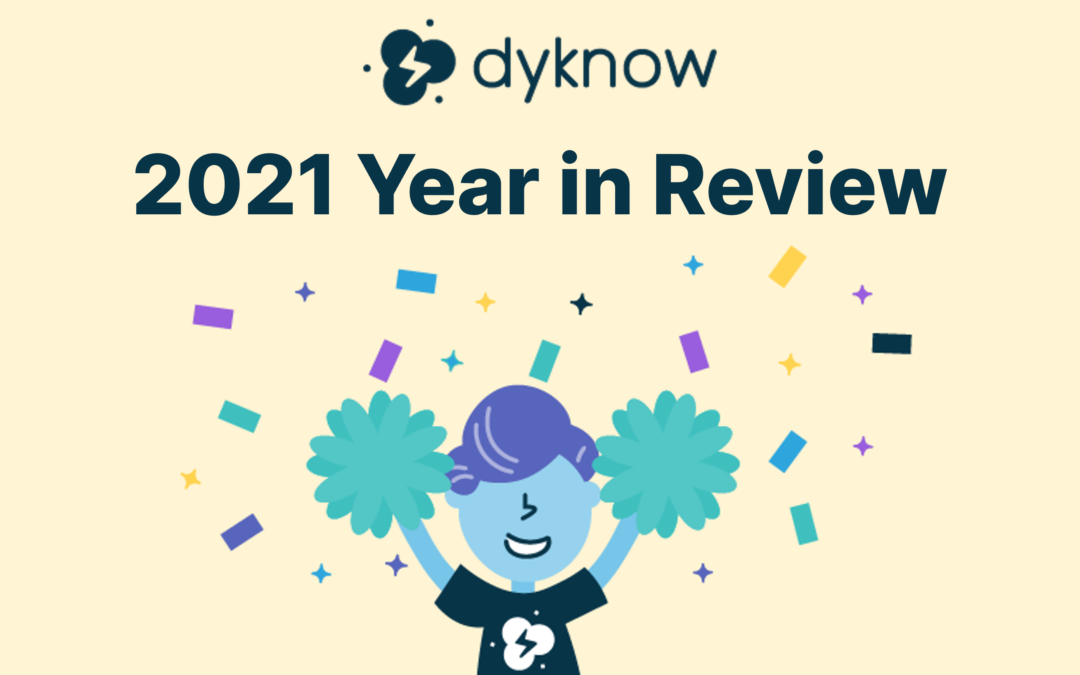
Dyknow 2021 Year In Review
In addition to web browser updates and bug fixes, Dyknow released several major product updates, new features and enhancements. Check out Dyknow’s 2021 Year in Review!
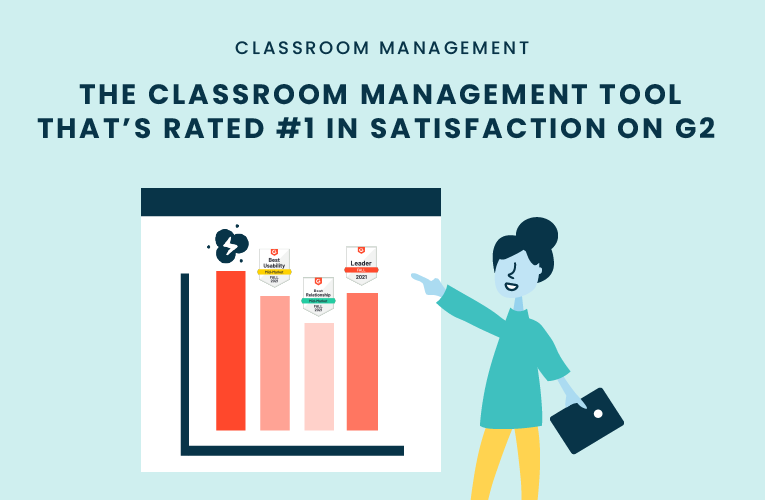
The Classroom Management Tool that’s Rated #1 in Satisfaction on G2
K-12 Administrators across the world trust G2 as the #1 platform to find, research, and choose EdTech tools that solve the most pressing problems their teachers are experiencing. In G2's Fall 2021 Reports, Dyknow was once again rated #1 in overall Satisfaction out of...
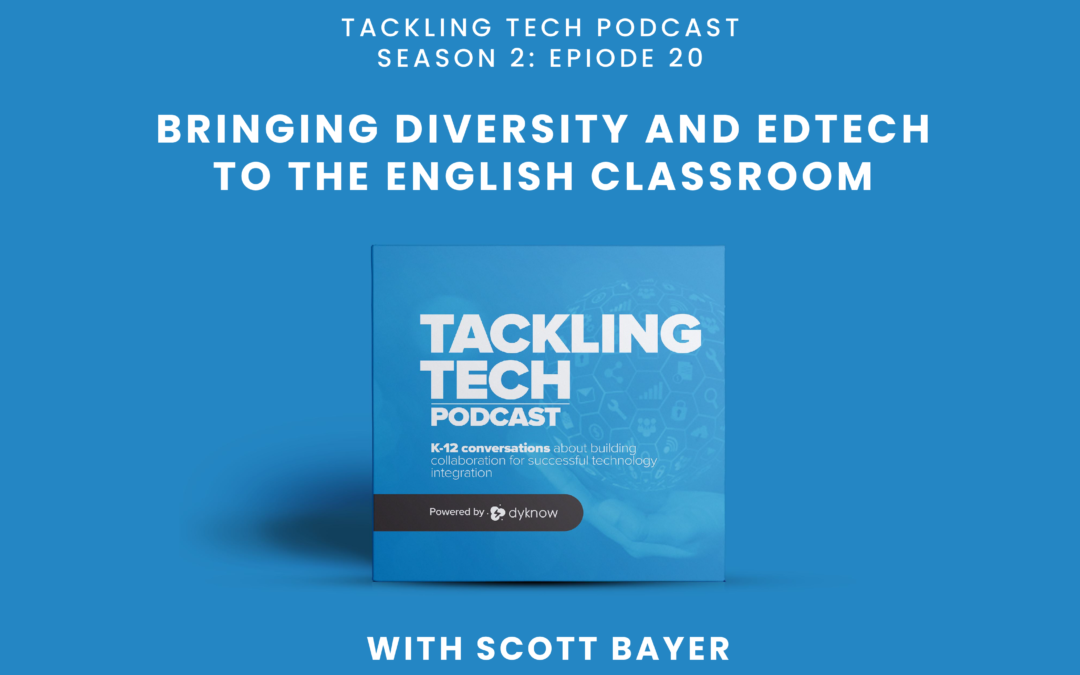
Bringing Diversity and EdTech to the English Classroom
On this episode of Tackling Tech, Tierra Leustig interviews Scott Bayer about being an anti-racist teacher, diversifying reading lists, creating inclusive learning environments, and leveraging ed-tech in non-technical ELA classrooms. Scott Bayer is a High School...

